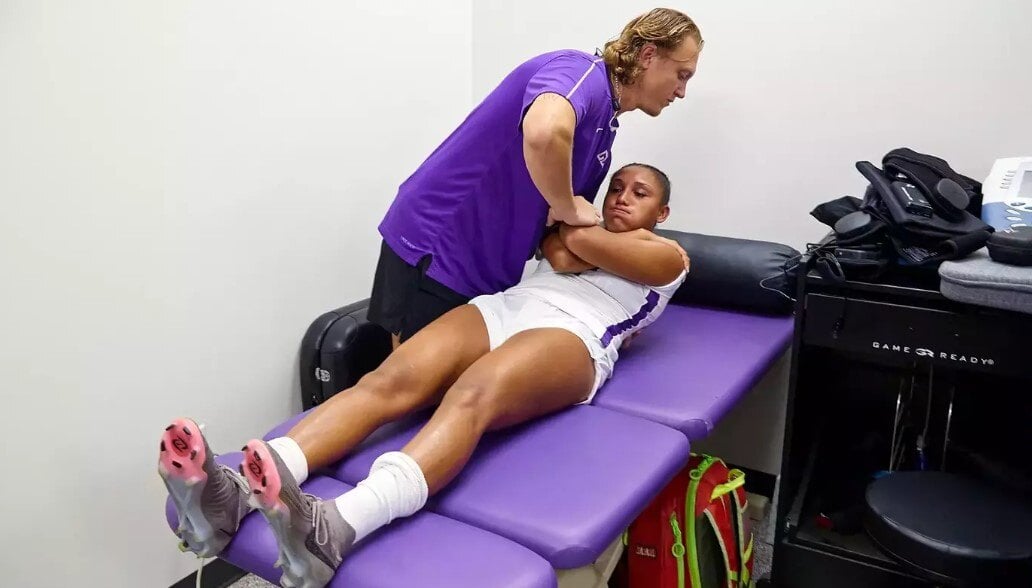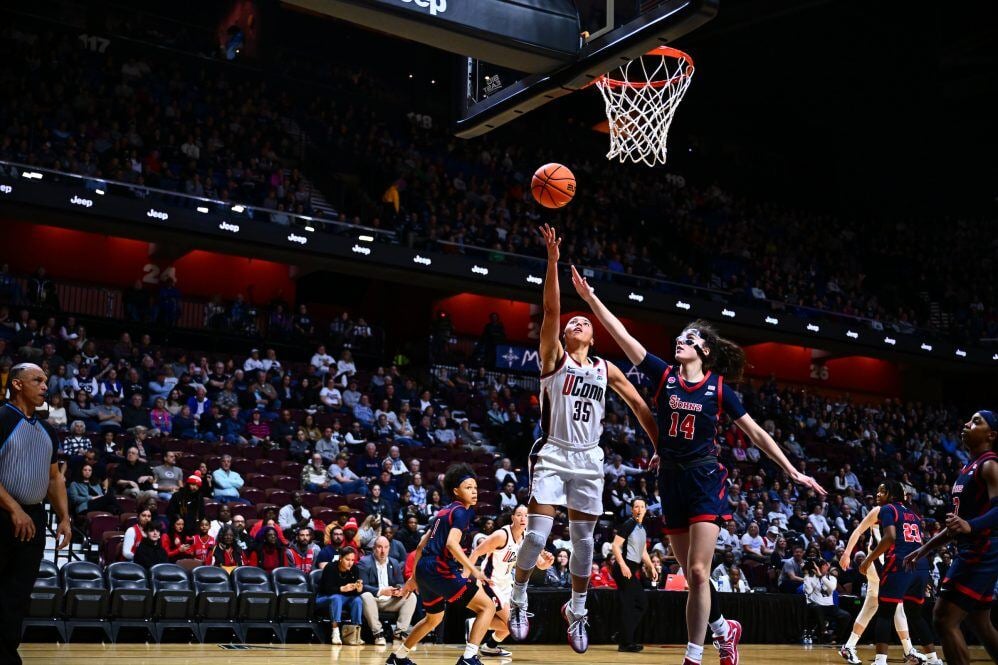Groundbreaking Study Reveals Fascicle Dynamics in Muscle Elongation
 A recent study conducted at Waseda University's Human Performance Laboratory has made a significant contribution to our understanding of muscle dynamics.
A recent study conducted at Waseda University's Human Performance Laboratory has made a significant contribution to our understanding of muscle dynamics.
The research, funded by a grant-in-aid for JSPS Research Fellow and detailed in the American College of Sports Medicine, focused on the passive elongation of the human medial gastrocnemius (MG) muscle and its implications for athletic and clinical fields.
Purpose and Methodology The study aimed to explore the discrepancy between fascicle and muscle belly length changes during passive muscle elongation. Researchers hypothesized that fascicle rotation, both in the coronal and sagittal planes, leads to a substantial gearing effect – a mechanism that amplifies muscle belly elongation. Using diffusion tensor imaging (DTI), the team examined 16 healthy adults to evaluate the changes in fascicle length and angles during passive ankle dorsiflexion.
The study aimed to explore the discrepancy between fascicle and muscle belly length changes during passive muscle elongation. Researchers hypothesized that fascicle rotation, both in the coronal and sagittal planes, leads to a substantial gearing effect – a mechanism that amplifies muscle belly elongation. Using diffusion tensor imaging (DTI), the team examined 16 healthy adults to evaluate the changes in fascicle length and angles during passive ankle dorsiflexion.
Fascicle Dynamics and Gearing Effect
The researchers found that the whole muscle belly elongation during passive ankle dorsiflexion was 38% greater than the fascicle elongation. Fascicle angles in both the sagittal and coronal planes decreased significantly, indicating a gearing effect that amplifies muscle belly elongation by about one-quarter of the fascicle elongation.
This gearing effect was notably larger in the 3D model compared to the 2D model, particularly in the middle–medial and distal–medial regions of the muscle.
Clinical and Athletic Relevance
The findings have significant implications in athletic and clinical contexts, especially regarding joint flexibility and muscle extensibility. Limited joint flexibility is associated with impaired performance in activities like jumping and sprint running and an increased risk of musculoskeletal injuries.
The study's revelation about the gearing mechanism in passive muscle elongation provides crucial insights for establishing effective approaches to improving joint flexibility.
Contributions and Future Directions
This research presents a novel perspective on muscle architectural properties, particularly fascicle angulation, in passive muscle extensibility. The understanding of muscle belly gearing, primarily investigated under active conditions, is now extended to passive elongation.
This opens new avenues for optimizing static stretching interventions and understanding individual or intramuscular variations in response to joint rotations.
Conclusion
The study successfully demonstrates that fascicle rotation in both coronal and sagittal planes is responsible for the gearing mechanism in passive muscle elongation. This mechanism is favorable for reducing fascicle elongation for a given muscle belly elongation, potentially affecting joint range of motion and the energy cost of movements. The results challenge the current paradigm of muscle fascicle dynamics, typically limited to the sagittal plane, and underscore the need for further research in dynamic measurement methodologies.
Acknowledgements
The study acknowledges the technical support of Mr. Kyoji Ohta for MR measurements and the assistance of Mr. Kazuki Tomari. The findings are a testament to the continued efforts in advancing our understanding of human muscle dynamics and their implications in sports science and medicine.
![HR Logo [Recovered]_Full Color Vertical-1](https://blog.healthyroster.com/hs-fs/hubfs/HR%20Logo%20%5BRecovered%5D_Full%20Color%20Vertical-1.png?width=199&height=178&name=HR%20Logo%20%5BRecovered%5D_Full%20Color%20Vertical-1.png)
 By
By


